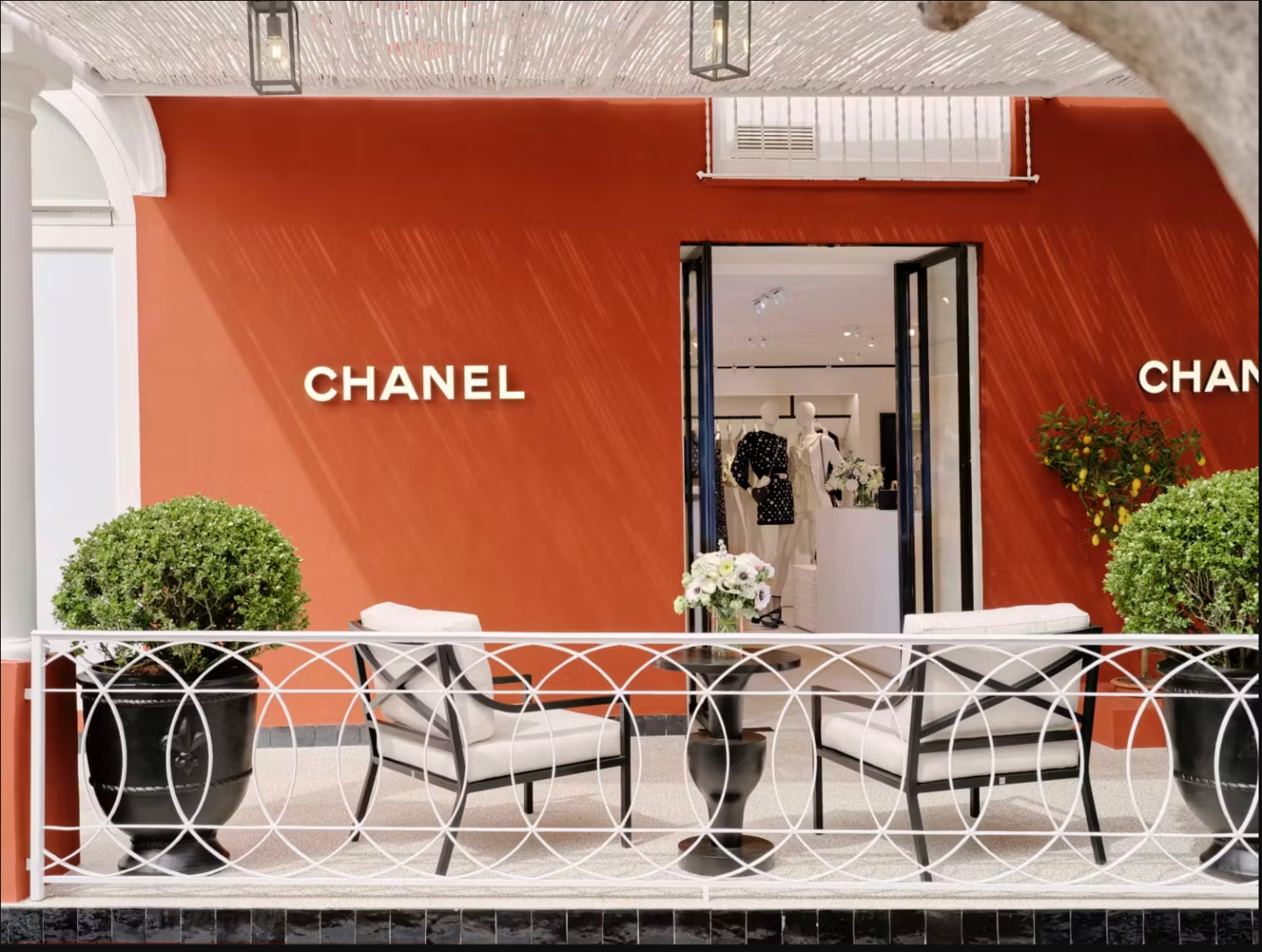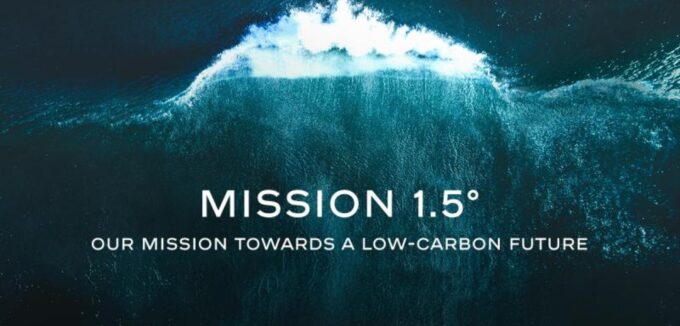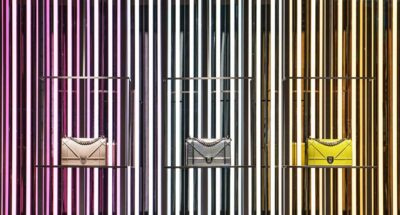IMD business school for management and leadership courses

Sustainability
CHANEL Mission 1.5°: A sustainability journey
Published July 11, 2024 in Sustainability • 4 min read
A series of watershed events forced CHANEL out of its comfort zone, culminating in the launch of CHANEL Mission 1.5° in 2020. What did the luxury fashion house need to get right to succeed on its journey to sustainability?
CHANEL has been the epitome of luxury and an engine of fashion since it was founded in 1910. The company’s founder, Gabrielle Chanel (better known as “Coco”, 1883–1971) single-handedly dragged women’s apparel from the Belle Époque into the 20th century.
The company is organized into three product divisions: fashion, fragrance and beauty, and watches and fine jewelry. Simultaneously timeless and cutting-edge, the brand is no stranger to reflecting and acting upon its role in society and the public perception of that role – despite historically having a reputation for secrecy and dwelling on achievements rather than focusing on unfulfilled ambition.
A series of watershed events
In 2018, a series of breakthrough events propelled the business forward on its sustainability journey. For the first time in 108 years, it published its financial results, making headlines across the world. CHANEL’s global CFO, Philippe Blondiaux, commented, “We believed the culture of discretion was no longer serving us.” The company also published REPORT TO SOCIETY, a 76-page statement and qualitative description of CHANEL as a brand and a business, including its sustainability commitments.
Willing to transition away from mere CSR, and following discussions with Blondiaux, Chair and co-owner Alain Wertheimer endorsed sustainability as the company’s key strategic priority: going forward, CHANEL would transform all its operations for sustainability. To walk the talk, the brand imposed a ban on fur and exotic skins and announced investments in startups that developed biodegradable, microplastic-free, and green-chemistry materials.
In August 2019, CHANEL joined more than 30 other luxury companies – representing some 150 brands – in signing the G7 Fashion Pact. Its goals included:
- Net-zero carbon emissions by 2050.
- 100% renewable energy and elimination of single-use plastics by 2030.
- Supporting innovation in eliminating microfiber pollution.
- Setting up regenerative agriculture programs.
In 2022, the brand also joined the Watch and Jewellery Initiative 2030.
Mission 1.5°: CHANEL’s sustainability blueprint
These events and initiatives led to the 2020 launch of Mission 1.5°, an ESG-focused journey that the business as a whole would take together. In keeping with the timeframe of the United Nations Sustainable Development Goals (SDGs), the “1.5°” represents the commitment to limiting global mean temperature increases to 1.5 degrees Celsius above pre-industrial levels.

Following the launch of Mission 1.5°, Blondiaux implemented his idea of issuing a sustainability-linked bond (SLB). The bond sale consisted of two separate deals, covering the following key commitments:
- Reducing the carbon footprint across its operations and its entire supply chain to meet decarbonization targets.
- Reducing Scope 2 (power-related) emissions by pledging to source 100% renewable electricity for its global operations by 2025.
- In the supply chain (i.e., regarding Scope 3 indirect emissions), setting new targets including a 40% reduction in supply-chain emissions by 2030 on a “per product sold” basis – or a 10% reduction on an absolute basis.
- Balancing the company’s residual carbon emissions by investing in nature-based solutions, such as projects to protect and restore forests, mangroves, and peatlands.
- Going beyond carbon compensation by financing climate change adaptation among vulnerable communities to link the “E” and the “S”.
CHANEL only supported projects that followed the principles set out by the International Carbon Reduction and Offset Alliance (ICROA) or those that were certified to the highest carbon, biodiversity, and community standards. The offset in carbon emissions these initiatives achieved was at least equal to the Group’s entire carbon footprint.
Although there were quick wins, the rest required either significant investment or a change of model. Preparing effective internal and external communication about Mission 1.5° posed a new leadership challenge for CHANEL.
Both the launch of Mission 1.5° and the issuing of the SLB required a new level of openness to external scrutiny – something luxury brands had traditionally shied away from. To embrace both Mission 1.5° and the requirements of SLB, CHANEL had to overcome several challenges. At this point, the company was still decentralized into divisions and regions, which management now had to organize to comply with new targets.
The company’s leadership aimed to cultivate a sense of shared accountability among divisions, as well as among individual staff. They also knew they would need to put in place mechanisms for effective ESG reporting, including the production of complete data sets for Scope 1, 2 and 3 emissions.
Read the full IMD case to discover how CHANEL shaped its integrated sustainability strategy, inspiring accountability in its global workforce: CHANEL 1.5°: A sustainability journey, by Vanina Farber, Stéphane J. Girod and Martin Kralik
Related

Herding the fashion crowd to greener pastures
September 30, 2024 • by Stéphane J. G. Girod in Future of Luxury
Smarter regulation is required to nudge luxury brands into a more sustainable future, industry experts tell Stéphane Girod....

Driving the Future: How NIO is resetting the standards of customer experience for premium brands
July 26, 2024 • by Stéphane J. G. Girod, Rui Meng, Hui Zhang in Future of Luxury
Never heard of NIO? Those who haven’t are set to become few and far between, as the electric vehicle (EV) maker continues its fast and furious rise into the world’s top premium...

Why future-facing luxury brands must favor excellence over perfection
March 27, 2024 • by Stéphane J. G. Girod, Roberto Eggs, Rui Meng in Future of Luxury
What does it mean to be excellent, not perfect, in 2024, and why should luxury brands weave the answer into their strategy?...

How can luxury harness technology to craft a more sustainable future?
October 17, 2023 • by Stéphane J. G. Girod, Renaud Falgas in Future of Luxury
Integrate disruptive technologies into your sustainability strategy and foster collaborations to drive growth and boost brand value in the context of climate change, said Marie-Claire Daveu and Jan Huckfeldt at the second...